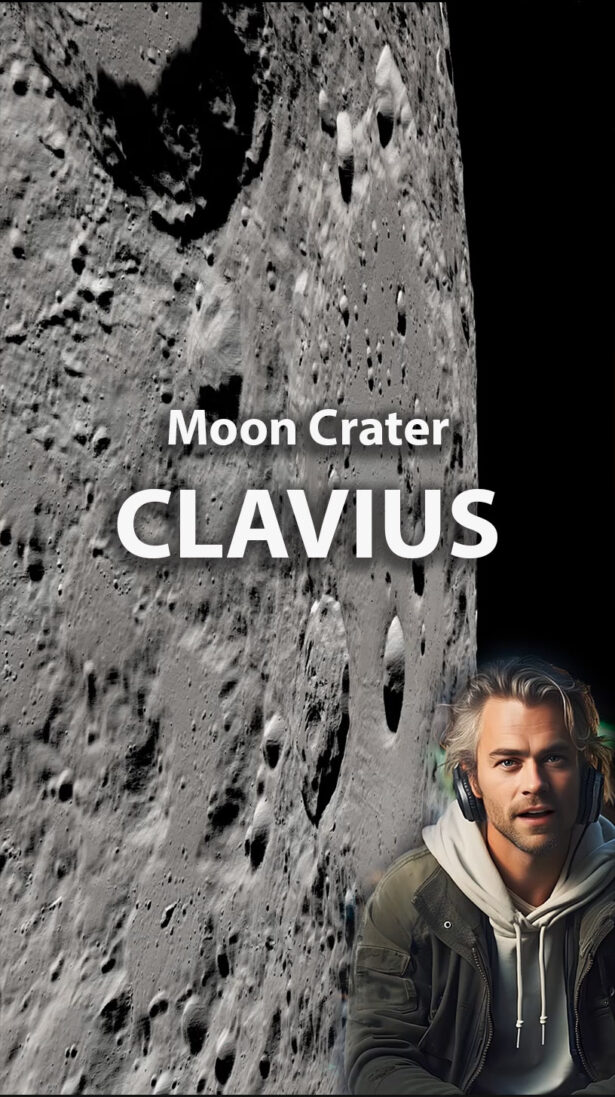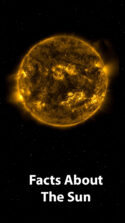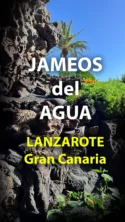A Slow Flyover of Clavius Crater
Clavius is among the largest and oldest craters on the Moon. Located in the far southern area of the Moon’s near side, it’s visible in binoculars and small telescopes between first and third quarter phases. It’s perhaps best known as the site of the fictional Moon base in Stanley Kubrick’s movie 2001: A Space Odyssey. It’s also now the site of a somewhat surprising discovery of water on the Moon.
The discovery was published in the October 26, 2020 edition of Nature Astronomy. Lead author Casey Honniball, a postdoctoral fellow at NASA Goddard Space Flight Center, and her co-authors used the airborne infrared telescope SOFIA to detect the characteristic signature of water molecules in the floor of Clavius. Molecules containing hydrogen and oxygen have been found in many previous observations, and these strongly implied the presence of water, but the SOFIA observations found emissions at a wavelength specific to H2O (water) and not hydroxyl (OH) compounds.
At 100 to 400 parts per million of water, Clavius is still much drier than the driest deserts on Earth. But the crater is far from the permanently shadowed regions of the lunar poles, where water ice can be protected from evaporating, so the presence of any amount of water there is a puzzle that awaits explanation.










